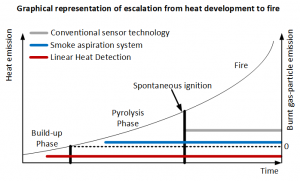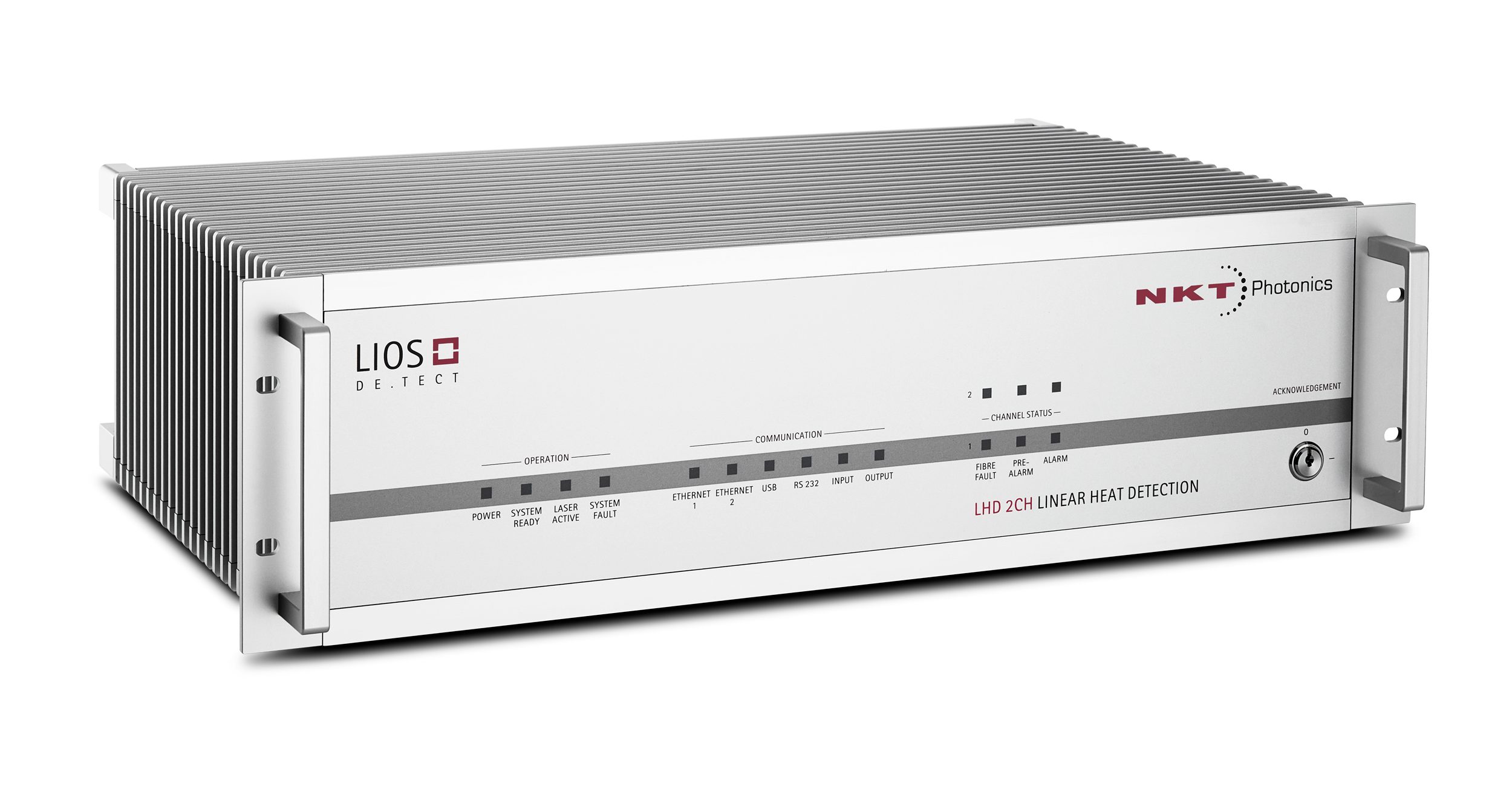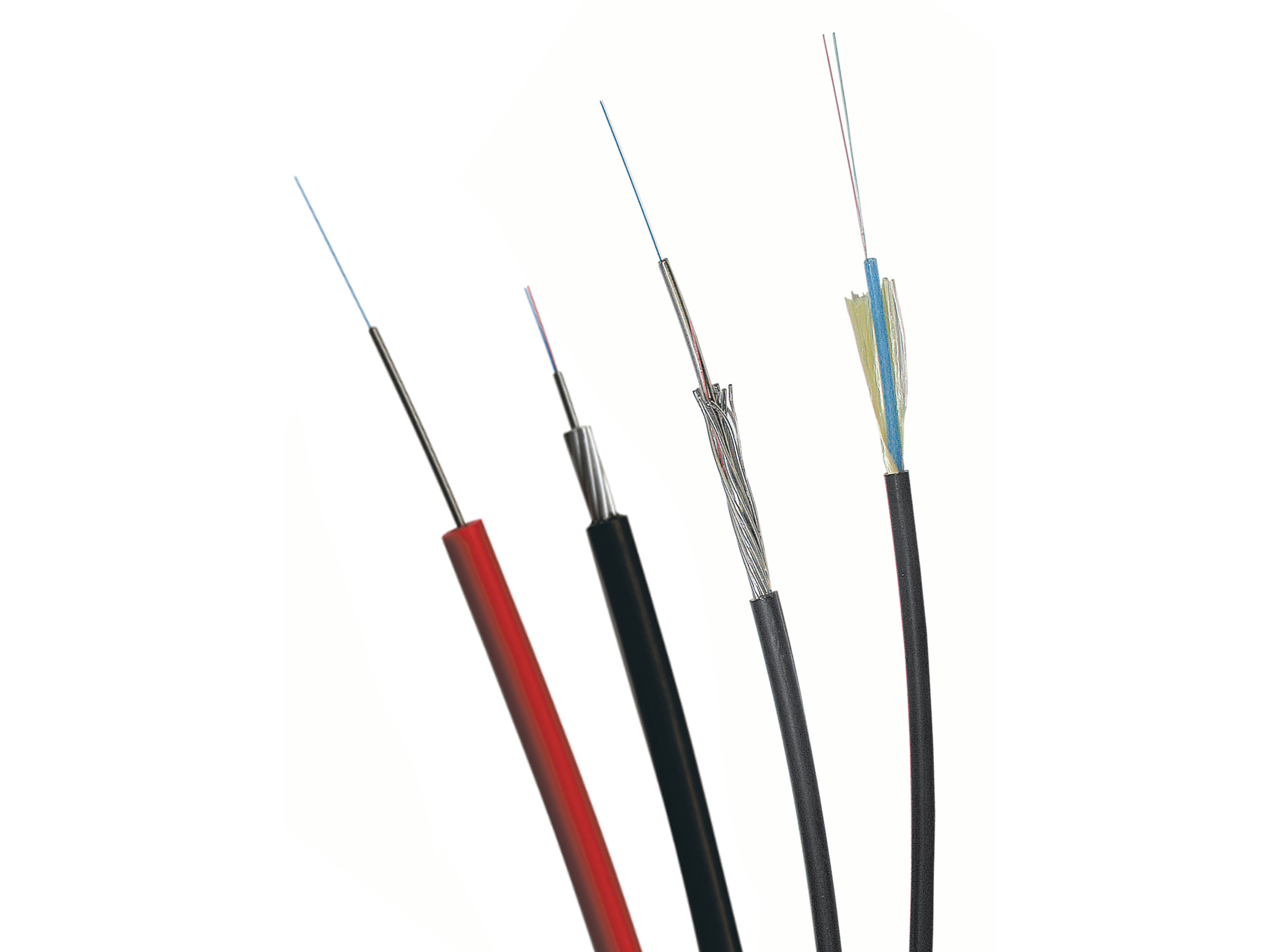The Mine Ventilation Society of South Africa (MVSSA) has published the results of a study where they compare different fire prevention and detection systems for mine conveyor belts.
Conveyor belt fires are one of the leading risks, especially in the underground mining industry. Often combustible materials are used on and around the conveyor installation. Hence, all three requirements to start and sustain a fire – combustible material acting as fuel, possible heat sources from friction or hot work activities and availability of oxygen – are present close to a conveyor belt.
The paper was published at the MVSSA annual conference 2018 in Johannesburg and compares technologies such as thermal imaging, Distributed Temperature Sensing (DTS) systems used as a Linear Heat Detector (LHD), infrared cameras, etc.
Our Luna Innovation’s LIOS Technology LIOS LHD controller got a lot of attention in the study and test carried out by South African BBE Automation and BBE Consulting.
The predictive maintenance capabilities of the LIOS LHD3 series offer the biggest advantage compared to other fire detectors. The LHD3 detects abnormal temperature events even before the pyrolysis or fire starts.
Please see below how quickly the LIOS LHD3 series reacts as heat turns into fire.
To measure the conductive and radiative heat from idlers, the conveyor belt and surrounding steel, a Fibre Optic sensor Cable (FOC) was installed in two positions:
- Close to the idlers in the framework to measure conductive heat.
- Near the idler to measure radiative heat.
The study concludes that using systems as the LIOS Linear Heat Detector LHD3 series will greatly improve safety for life and assets. The abnormal temperature rise was detected within a few minutes after heating, giving the operator enough time to react and prevent further damage. This so-called proactive and predictive maintenance reduces the likelihood of a fire and its potential consequences. Thus, further costs for reactive controls is not required or can be reduced. Citing the authors:
“The test results on the effectiveness of the DTS indicated that the system is effective at determining an abnormal temperature rise along the conveyor […]”
But don’t take our word for it, read the study yourself!
Before you go, we would like to express our appreciation for our strong South African partner, AAS (Advanced Automated Systems), for the excellent collaboration on projects in South Africa.
Reference
“Applicability of DTS as a Proactive detection system” by C.A.P. Visagie, BBE Automation South Africa & J.P. Pearton, BBE Consulting, South Africa, at the MVSAA Annual Conference 2018, Johannesburg, South Africa.



